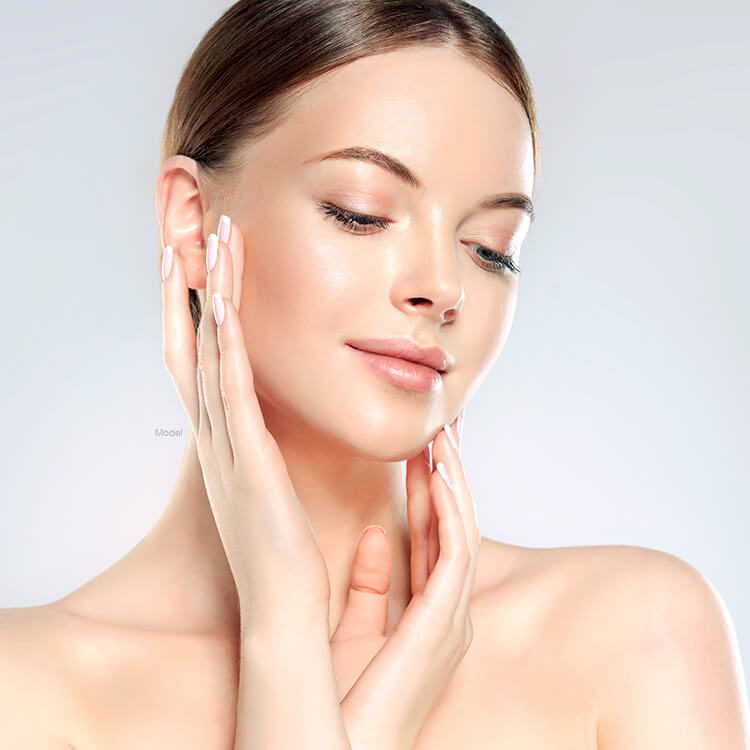Laser skin treatments have become a go-to solution for people looking to improve skin tone, reduce wrinkles, erase sun damage, or minimize scars—all without surgery. While these procedures are minimally invasive, many patients wonder about recovery time—how long it takes to heal, when they can resume daily activities, and what kind of aftercare is required.
The answer depends on several factors, including the type of laser used, your skin type, the depth of the treatment, and the expertise of your provider. Let’s walk through what to expect.
Types of Laser Skin Treatments and Their Recovery Times
Not all laser treatments are the same. Recovery can range from a few hours to two weeks, depending on the intensity of the procedure.
1. Non-Ablative Laser Treatments
These are gentler lasers that heat the skin beneath the surface without damaging the top layer. They’re often used for:
- Mild skin tightening
- Light pigmentation
- Subtle wrinkle reduction
Recovery Time: Minimal. Most patients return to regular activities within a day. You might experience slight redness or swelling that resolves in 24–48 hours.
2. Ablative Laser Treatments
These lasers remove the top layers of skin, triggering significant collagen production and skin renewal. They are ideal for:
- Deep wrinkles
- Scars
- Significant sun damage
- Skin resurfacing
Recovery Time: 7 to 14 days. Expect peeling, redness, swelling, and sensitivity. Full skin healing may take a few weeks, and redness can linger for several weeks afterward.
3. Fractional Lasers
Fractional lasers can be ablative or non-ablative, treating microscopic areas of skin while leaving surrounding tissue intact for faster healing.
Recovery Time: 3 to 7 days. Skin may look sunburned and flaky, with improvements continuing for weeks.
What to Expect During Recovery
While healing varies by individual and treatment type, here are common stages in the recovery process:
Day 1–2: Immediate Effects
- Redness, warmth, and mild swelling are normal.
- Skin may feel tight or sensitive, like a sunburn.
- Avoid makeup, hot showers, and sweating.
Day 3–7: Peeling and Flaking
- Skin may start peeling or flaking (especially after ablative or fractional lasers).
- Gentle cleansing and moisturization are critical.
- Sun protection is essential—use a high-SPF, broad-spectrum sunscreen.
Week 2 Onward: Regeneration
- Skin texture begins to improve.
- Redness may persist, especially after deep resurfacing.
- Makeup can typically be worn again after 7–10 days.
Tips to Speed Up Healing
- Follow your provider’s aftercare instructions carefully.
- Avoid sun exposure completely during recovery.
- Do not pick or scratch the treated area.
- Stay hydrated and maintain a healthy diet rich in vitamins A and C.
- Use only gentle skincare products—avoid acids, exfoliants, or retinoids until your skin fully heals.
Long-Term Results and Maintenance
Healing may take a few days to weeks, but results develop gradually, especially for collagen-stimulating treatments. You may see continued improvement in:
- Skin tone and brightness
- Smoother texture
- Reduced scars or fine lines
Multiple sessions may be needed for optimal outcomes, depending on your goals.
Clinics like Clinique Anti Aging laser skin treatment provide customized plans based on your skin concerns and recovery tolerance. Their expert team uses advanced technologies to balance effective results with minimal downtime—helping clients restore healthy, glowing skin safely and efficiently.
Final Thoughts
Recovery from laser skin treatment isn’t one-size-fits-all. While some treatments offer lunchtime convenience with no downtime, others require a dedicated healing period and aftercare. Understanding your treatment type and being patient with your skin’s natural healing process are key to seeing the best results. With proper care and professional guidance, your skin can look healthier, brighter, and more youthful in just a few weeks.


